Sky is brighter and higher today. Still it rains part of the day.
I circle half the island. From the right to the farthest point and back right through the island. From under dripping hood I see modest background-forest that does not catch much attention but lets the walker wander in own thoughts.
Gamla gården or old garden is a place where the last inhabitant of the island lived. Her nickname was Madame. Also a tourist in shorts is walking around there. Later there comes more of those. In shorts and in long pants.
Path turns towards the sea where it teems with colorful stones and stuff from the sea. I log a geocaching treasure for fun. The coast rises and trees lift their roots off the ground. By the trail are some houses built and some toilets set up. The hunting house of the lighthouse keepers and the house where Albert Engatröm wrote a book about the island. In Tärnudden where a house is built on top of an earlier cellar that was buried under sand I turn back towards the campsite. I have to hurry. In one and a half hours a tour starts at the northern lighthouse. A bit over 8 km to go. I get there just in time.
The lighthouse was built in 1859 because too many ships sank near it. Building was complicated because the island consists entirely of sand. It was built on poles. To better hold the ground trees and grass were planted. There have been four lighthouses on the island but one of them has crumbled into sea. It is possible to climb the tower where there are gargoyles with lion’s head. From a booklet downstairs I learn that boat refugees from the Baltic states in 1945 didn’t only land on Gotland but also here. The last boat refugees arrived on 2014 from Iraq.
Check out the museum as well. There are old stuff and stones.
Next book.
Gamla gården or old garden is a place where the last inhabitant of the island lived. Her nickname was Madame. Also a tourist in shorts is walking around there. Later there comes more of those. In shorts and in long pants.
Path turns towards the sea where it teems with colorful stones and stuff from the sea. I log a geocaching treasure for fun. The coast rises and trees lift their roots off the ground. By the trail are some houses built and some toilets set up. The hunting house of the lighthouse keepers and the house where Albert Engatröm wrote a book about the island. In Tärnudden where a house is built on top of an earlier cellar that was buried under sand I turn back towards the campsite. I have to hurry. In one and a half hours a tour starts at the northern lighthouse. A bit over 8 km to go. I get there just in time.
The lighthouse was built in 1859 because too many ships sank near it. Building was complicated because the island consists entirely of sand. It was built on poles. To better hold the ground trees and grass were planted. There have been four lighthouses on the island but one of them has crumbled into sea. It is possible to climb the tower where there are gargoyles with lion’s head. From a booklet downstairs I learn that boat refugees from the Baltic states in 1945 didn’t only land on Gotland but also here. The last boat refugees arrived on 2014 from Iraq.
Check out the museum as well. There are old stuff and stones.
Next book.
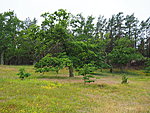
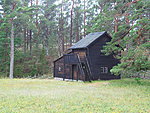

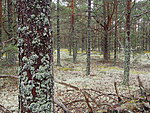


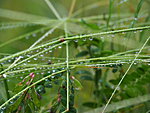

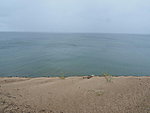
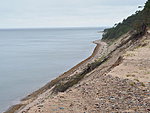
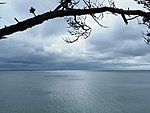

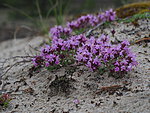
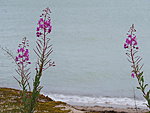
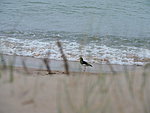
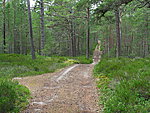
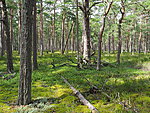
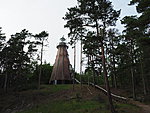
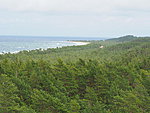
Add a comment